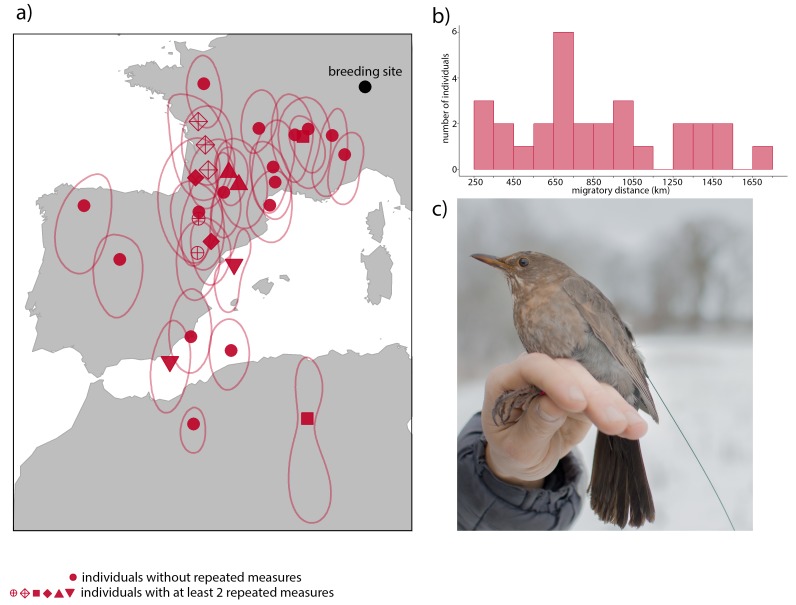Figure 2. Overwintering locations and migratory distance of migrant European blackbirds (Turdus merula) between 2009 and 2014.
(A) Mean overwintering locations (red symbols) and 25% kernel utilization distribution (red lines) of 22 blackbirds were calculated using the light-level data acquired by geolocators during the wintering months (November – February). Raw light level data were processed using the R package ‘GeoLight’(Lisovski and Hahn, 2012) and Kernel utilization distributions were calculated to estimate the error of each location. Filled red circles represent 16 individuals with one single measurement. The other symbols represent six individuals with at least two repeated measurements in different years. (B) Histogram of the migratory distance of migrants. (C) Female radio-tagged blackbird.

